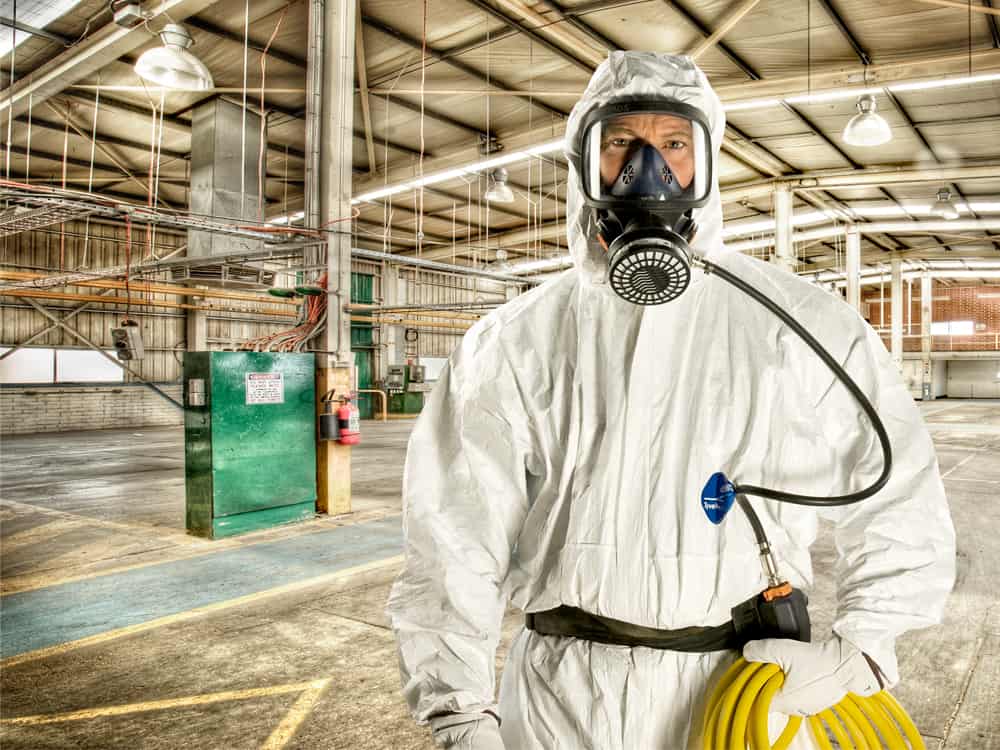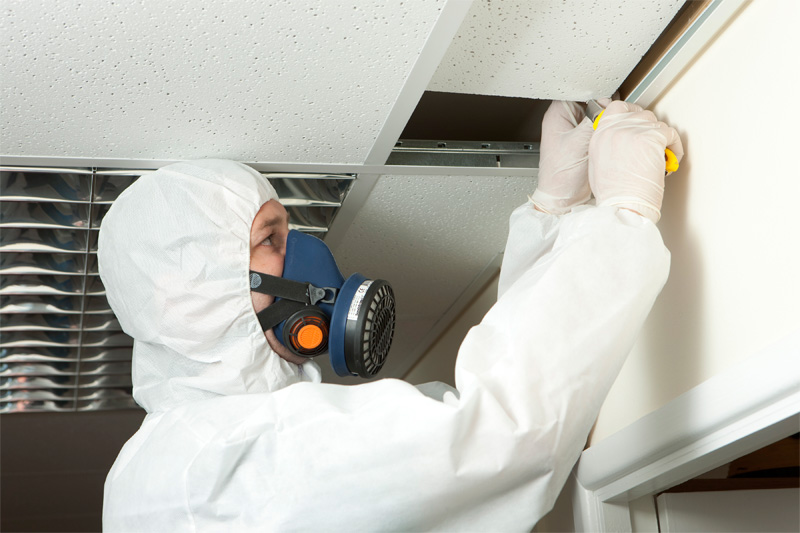Understanding the Importance of Thorough Asbestos Checking Procedures for Environmental Security
Understanding the importance of detailed asbestos screening treatments is paramount in securing both the environment and human wellness. By unwinding the intricacies of asbestos testing methods and the vital role they play in mitigating direct exposure dangers, a more clear image arises of the meticulous steps needed to make certain detailed safety and security procedures.
Wellness Risks of Asbestos Exposure
Exposure to asbestos positions substantial wellness risks, consisting of the growth of major respiratory system conditions. The most widely known disease linked with asbestos exposure is mesothelioma, an uncommon form of cancer that impacts the cellular lining of the lungs, chest, abdomen, and heart.

Relevance of Asbestos Examining
To ensure the safety of individuals and prevent potential carcinogen, performing thorough asbestos testing is of vital relevance in numerous markets and atmospheres. Asbestos, a naturally occurring mineral fiber, was once widely made use of in construction products for its toughness and warmth resistance. Nonetheless, when asbestos-containing materials are disturbed or damaged, they can launch tiny fibers into the air. Breathing of these fibers can cause serious wellness concerns such as lung cancer, asbestosis, and mesothelioma.
Asbestos screening is crucial since aesthetic examination alone is commonly inadequate to spot asbestos-containing materials. In addition, testing makes sure conformity with laws regarding asbestos removal and disposal, protecting both workers and the general public from exposure dangers.
Procedures for Safe Asbestos Checking
/SPR-about-asbestos-testing-1822419-04-c051aea2b174420f924d7414bdf6360a.jpg)
Ecological Impact of Asbestos
Considering the extensive usage of asbestos-containing materials and the prospective threats associated with their existence, recognizing the environmental effect of asbestos is important for thorough risk evaluation and reduction approaches. Asbestos, when disturbed or degraded, can release microscopic fibers into the air, water, and dirt. These fibers posture a serious health and wellness threat not just to human beings yet also to wildlife and environments. In the setting, asbestos can linger for long periods without breaking down, resulting in extended direct exposure threats. Asbestos contamination in dirt can affect plant growth and water quality, affecting farming efficiency and water life. Airborne asbestos fibers can take a trip fars away, influencing air top quality in numerous regions. Improper disposal of asbestos-containing products can result in more environmental contamination. As a result, comprehensive asbestos screening and proper management methods are vital to protect against and decrease the ecological influence of asbestos, guarding both human wellness and environmental stability - Asbestos Testing.

Ensuring Security With Testing
Asbestos testing is an important step in making sure safety and security and minimizing health and wellness threats connected with asbestos direct exposure. Safety with screening involves the use of specialized devices and recognized laboratories to precisely assess examples for the presence of asbestos fibers.
Routine screening and tracking are vital elements of preserving a secure environment and preventing potential wellness threats linked with asbestos direct exposure (Asbestos Testing). Appropriate testing not only makes sure conformity with policies but also gives tranquility of mind understanding that proactive measures are in place pop over to this site to alleviate the dangers positioned by asbestos contamination.
Conclusion
In verdict, extensive asbestos screening procedures are crucial for shielding public health and wellness and the atmosphere from the serious risks related to asbestos exposure. By following secure screening protocols and making certain appropriate disposal of contaminated products, we can stop further damage and contamination. It is important to focus on environmental safety via precise screening to protect against the unsafe effects of asbestos exposure.